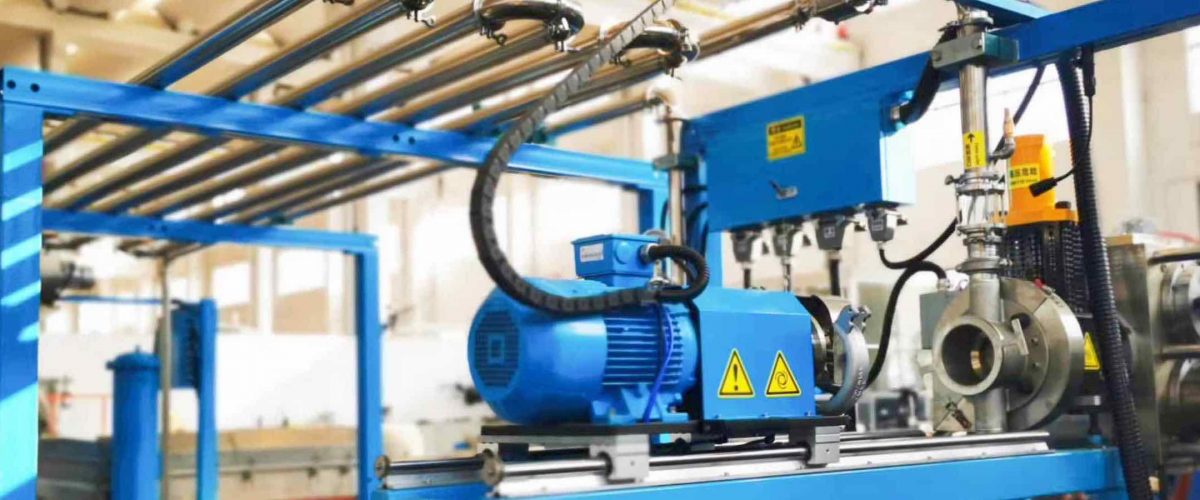How to control pellet moisture with Underwater pelletizer?
In order to improve the quality of the finished product, some manufacturers have purchased underwater pelletizer, but found that the moisture content of the pellets still cannot come down.
In the production of plastic pellets, the cutting systems are mainly: cold strand cutting, hot air die face cutting, water ring cutting and underwater cutting, etc. The cutting method affects the water on the surface of the plastic pellets, and the water content directly affects the quality of the finished pellets. Among these cutting methods, the water content of underwater cutting method is relatively difficult to control.
So what are the factors that affect the water content of the finished pellets from underwater pelletizer?
1. The impact of the cutting blade Cutting blade in the application process will occur wear, when the blade wear to a certain extent, cutting pellets will take some burrs, these burrs adsorbed water in the subsequent drying process is difficult to remove, resulting in high water content.
2. The influence of the filter When the material comes out from the mold, the instant pressure release swells up, and the water is easily wrapped in the material and vaporized to form a hole, and the water contained in the material cannot be discharged through subsequent drying. 3. The mold pressure is too small Too small mold pressure makes the material extruded from the mold less dense, and the water infiltrates into the granule during the granule transfer process, and the infiltrated water is difficult to be taken out in the dewatering process.
4. Mismatch of dewatering machine / spin dryer The mismatched dewatering machine will easily cause the dewatering distance to be too short and the pellet climbing distance to be shortened during the dewatering process, so that the water cannot be removed smoothly.
5. Low water tank temperature As we all know, the efficiency of hot water dewatering is relatively higher than that of cold water, and even if we use the cold strand cutting method, the most effective way to dewater is to blow hot air. That is why the water content of the pellets is high when the machine is just turned on, because when the machine is turned on, the water in the tank enters the circulation system is too low, the temperature has to be reduced, and then the heat brought out from the pelletizer by the pellets to raise the temperature.
Will someone say: you can first raise the temperature of the water tank, so that the problem will be solved. To be honest, the water tank is slow to heat up, and even slower to cool down, I have tried, our pelletizer water tank to reduce the temperature of 1 ℃ takes about 7 minutes or so. Of course, by feeding cold water into the tank to cool down fast, but sometimes it is impossible to feed cold water. The tank water temperature is too low not only affects the dewatering efficiency in the dewatering machine, and because the water temperature is too low, it will affect the mold temperature, which brings the result that the head pressure is too high.
6. Water tank temperature is too high The water tank temperature too low is not good, then the water tank temperature high is good? Real practice has proved that the water tank temperature too high is not good, too high-water tank temperature let the particle cooling speed lower, easy to form craters on the surface of the pellets, at the same time, too high water temperature will bring the expansion of the pellets, with the gradual cooling of the pellet contraction, the water remains in the material.
7. The water in the tank is not enough Too little water tank water, easy to lead to slow down the water circulation process, pellets in the water soaking time is extended, inevitably have water infiltration, resulting in high water content of granules.
8. Unstable feeding The unstable feeding will easily cause the difference of cutting sizes in big range, and the big size difference will cause the big pellets to have more water on the surface.
Any other ideas, please share with us. (info@xindacorp.com)
Translated from Plaschain.
